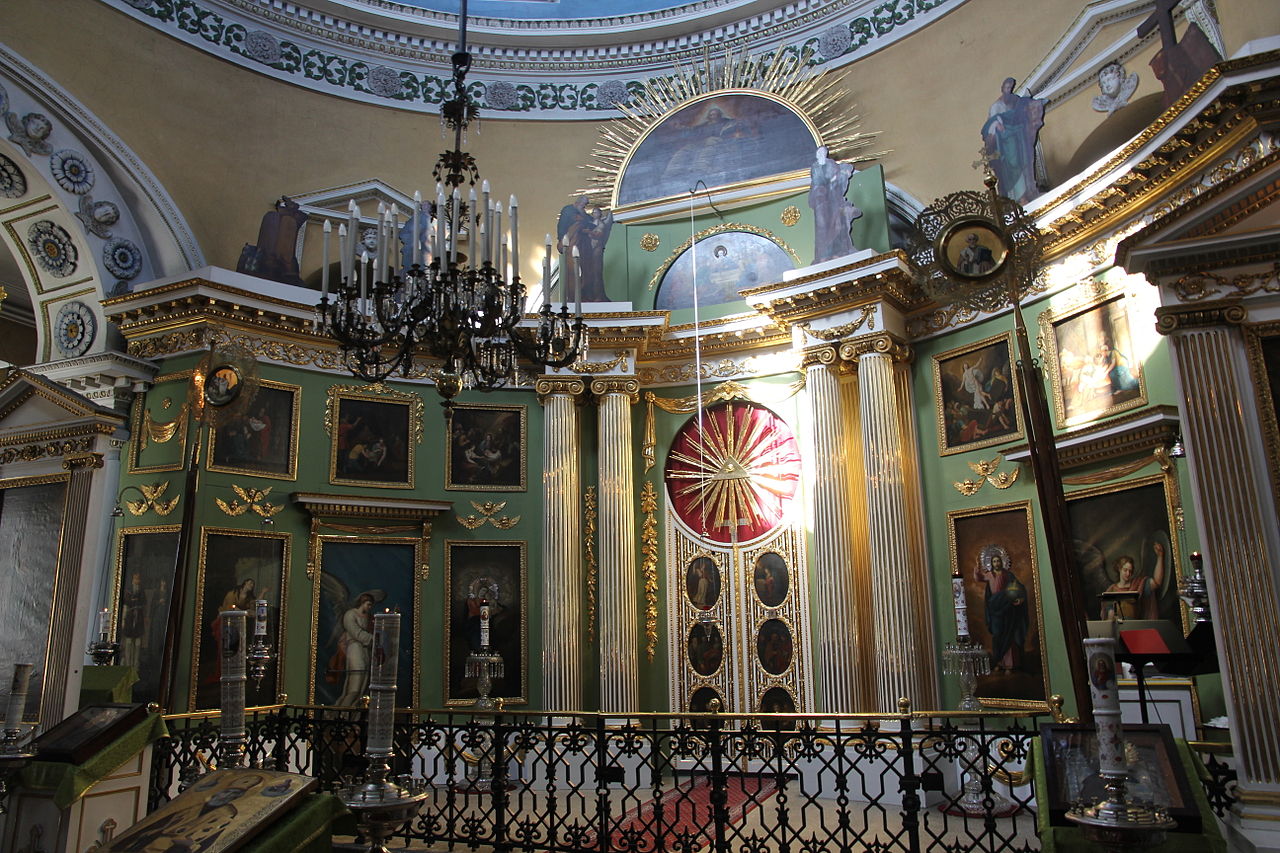Aesthetics of contemplative practice
I am a quite private person. While I often have much to say about topics that most pique my interest, my day-to-day life is rather uneventful and even ascetic at times. I wake up early, train and fast regularly and I try to read and meditate each day. However, such an almost ritualistic regimen might be hard to sustain on its own, even if its physical and mental benefits are obvious. Mind is a weird contraption and it rarely wants to do the right thing.
But with the right kind of aesthetics, it becomes easier to uphold the ascetic virtues I hold so dear.
Some cultural background
I was raised an Eastern Orthodox christian. My grandparents from my father's side came to Finland during the WWII as refugees from Karelia and Ingria, so naturally I inherited the prevalent faith. While my close family has never been overtly religious, from a very early age I picked up a feeling of separation, of being different than most people, even if I never felt discriminated against. Only about one percent of population in Finland belong to an Orthodox congregation.
Finland is a Lutheran-majority country, meaning that Lutheran culture permeates every level of society, even if it's not considered as explicitly religious by the majority. There are festivities and traditions that have started as religious, but have gotten more secular flavor in recent years. Sometimes Lutheran hymns are sung at secular events. Many belong to a congregation just out of habit or because of social and cultural reasons.
In a rather stark contrast, I have never felt any of the Lutheran traditions to be culturally relevant to me, even if I have lived in Finland all my life. I don't know the Lutheran hymns. I was never taught about other religions of the world in school by my Orthodox teacher. We were picked up few times a year from school just to attend the church. The congregation had summer camps for Orthodox children to mingle. I visited an Orthodox monastery when I was twelve. The message was always clear, that Orthodoxy is the true church of Christ, and it was better to associate with those of our own.
Lutheran churches and rituals have always felt very plain and bare to me. Everything is white and clean. Our churches were dark, full of mystique and they were very elaborately decorated. Walls were adorned with beautiful icons, beeswax candles were burning everywhere, the smell of incense would be intoxicating. There would be no church organs, but simple choral chants, that would echo through the church.

Apostasy
Yet here I am, after all that bittersweet nostalgia towards the culture in which I lived as a child, as an uncouth unbeliever, a heretic and an apostate. I have no interest in "returning to the flock". I do not belong to any denomination, nor do I have interest to do so.
But all the contemplativeness, silent prayer and meditation, the concept of holiness, the longing for intoxicating mysticism, all that I still carry within my heart. Even my penchant for beards probably comes from the same source, as the Orthodox clergy tends to sport quite hirsute faces!
Even if I have no belief in a higher power, I still live accoding to a set of precepts. Sometimes I peruse religious texts in my philosophical studies. I listen to Orthodox chants, burn candles and incense and ponder heavily on my existence on this Earth. This setting of a contemplative scene is very important to me, as it is quite a primordial feeling, almost like sitting in a cave or a tomb, not unlike the early Church fathers or hermits of any philosophical association.
And I truly enjoy that kind of contemplative mystery in my life. That, I feel is the power of aesthetics. They alone can make adhering to something more enticing and a true experience.